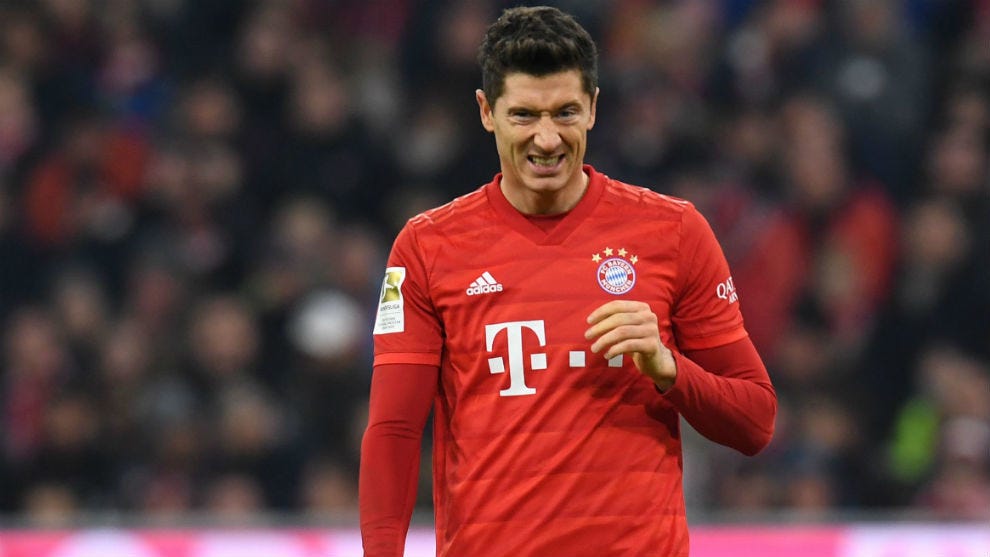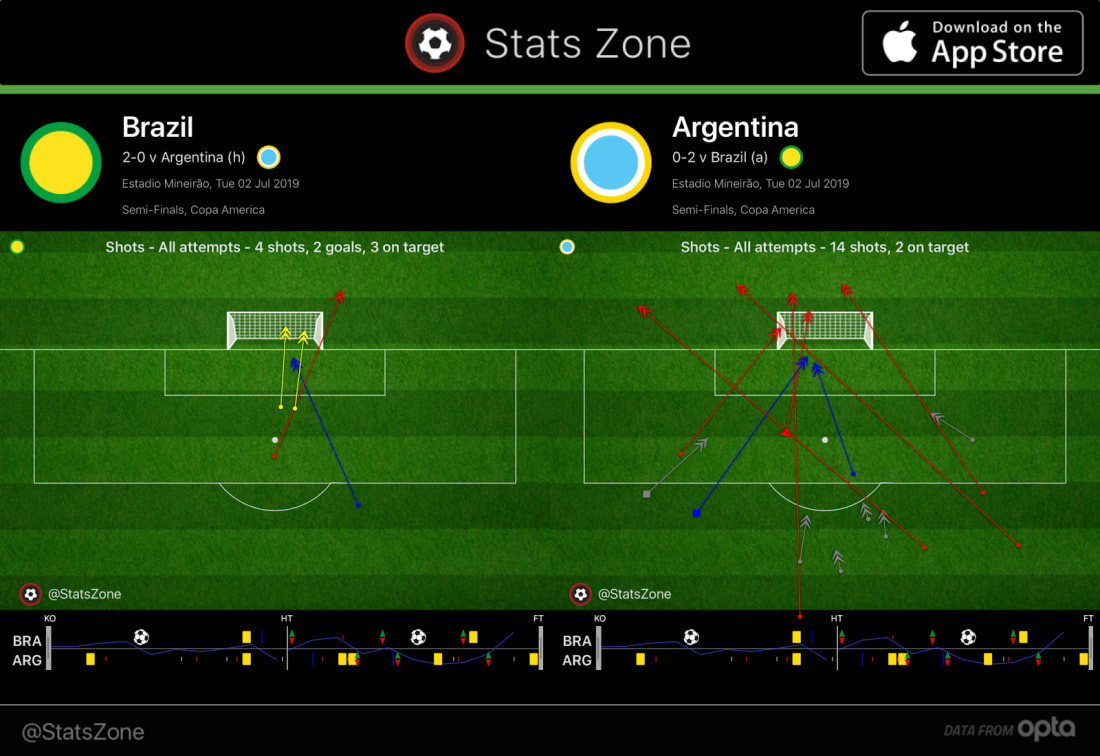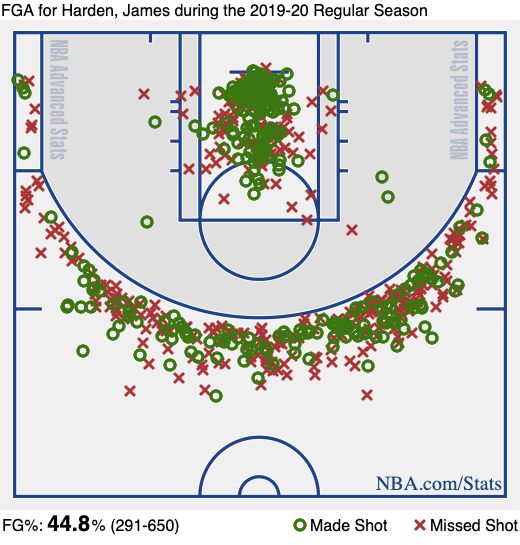
Back in late 1982 or early 1983, the editor of the magazine Hockey News, Bob McKenzie, sat down for an interview with Wayne Gretzky. The Great One, as he’d come to be known, was on pace to exceed 400 shots by the end of the NHL season. Only three other players had ever reached that benchmark, so according to an enterprising Yahoo! user, McKenzie hit Gretzky with a talk-about-ism: “You have taken a lot of shots this year."
You know how Gretzky responded -- a parent, or a boss, or a coach, or a stranger has probably offered up the advice at some point. You’ve seen it on a motivational poster; you’ve heard it used as an excuse for Kobe Bryant’s entire career. Gretzky, of course, told McKenzie: “You miss one hundred percent of the shots you don't take ...”
Except, that’s only half of what he said. The rest of the sentence: “... even though there is only a 1-5 percent probability of scoring”.
There’s no room for probabilistic thinking on a poster, I guess; if you apply to 100 jobs or ask 100 people out on a date, then odds are at least one of ‘em’s gonna say “yes”! But isn’t the second part of the sentence -- the bit that’s been sanded off for cultural convenience -- the more interesting part? The greatest hockey player of all time is saying that he needs to be aggressive, not because he’s the greatest hockey player of all time or because he’s wired in some borderline sociopathic way where he expects every shot to go in -- no, he’s saying he needs to be aggressive because he knows that he’s almost always going to fail.
Over his 20-year career, Gretzky converted 18 percent of his shots into goals. (His math was apparently a little off in the chat with Mckenzie.) And over the past four seasons -- the years for which FBRef currently has data -- Lionel Messi, the Wayne Gretzky of Soccer, has also missed on 82 percent of his attempts.
Before the fancy expected-goal algorithms came along, there were shots. I love xG and think it’s the most valuable tool for analyzing and understanding what’s happening on a soccer field over an extended period of time. But it’s still something of a removed, alien concept -- you don’t know the value until after the match, and oftentimes it doesn’t match up with what we think we saw. This is a good thing! Our brains have all kinds of built-in processes that make us incapable of completely objectively assessing events. Expected goals describe which teams are creating the better chances -- i.e. what every coach’s ultimate goal should be -- but the algorithms behind them are complicated and oftentimes not made public. (Looking at you, Opta!) I know the xG models work for the most part, but I still think it’s asking a lot of the general public (or even players or coaches) to accept the black-box decimal values as truth.
We all can understand shots, though. We know there are four outcomes to every shot: it’s blocked, it goes in, the keeper saves it, or it’s off target. The more of those opportunities you create, the more chances you have to score; and vice versa on the other end. Before xG became more widely available, shots functioned as the best predictive indicator of attacking performance. From a 2013 study conducted by Benjamin Pugsley:
There isn’t one metric that we use to evaluate strikers that has a particularly high level of repeatability from one year to the next. But if we are to choose any of the metrics to try and predict future performance then shots per90 and shots on target per 90 are clearly the two we should use.
The percentage metrics – shooting accuracy% and scoring% – are, to borrow a turn of phrase from MC79, a crapshoot. We know these metrics are predominantly luck driven, we know they regress heavily and it would be folly to predict the future performance of a striker using either of those metrics.
Pure shots ignore the location, the body part, the alignment of the defense, and a number of other important contextual factors. Take an example I’ve used before -- from the semifinals of this summer’s Copa America:

Despite only taking four shots to Argentina’s 14, Brazil more than doubled Messi and Co.’s expected goals total: 1.33 to 0.53. Not all shots are created equal. But I still think there’s a lot to be gleaned from looking at how many shots teams and players are taking, and how many they’re conceding. Research has found that “total shots ratio” (what percentage of total shots in a team’s games are being taken by that team) is a much better predictor of future team performance than points or goals. Of course, it’s not as good as shots on target or expected goals, but it’s still a simple and useful, if crude, indicator.
In Europe’s Big Five leagues this season, the average player is taking around 1.2 shots per 90 minutes, and the average value of each shot is right around 0.12 xG. Twenty players are averaging at least four shots per 90 minutes. Here’s the list:

Yep, at 34 Cristiano Ronaldo is taking more shots than anyone in Europe -- so many shots that the data label couldn’t even fit on my chart. (It’s 5.95; I’m bad at making charts.) Messi, meanwhile, is all the way at the bottom, just barely qualifying with exactly four. In between, you have the leading goal-scorers in Serie A, the Bundesliga, and Spain. Of the six players north of five shots per 90 minutes, five of them play in Serie A. AND A BALOTELLI COMES SCREAMING ACROSS THE SKY. In fact, of the 20 players on the list, half of ‘em come from Italy. This is a bit of a reversion to previous trends. Want to see one guy dial up his own number, possession after possession? Better sign up for ESPN+. Or, I guess, buy NBA League Pass somewhere outside of mainland China:
If there’s a soccer version of James Harden’s cyborgian search for ultimate efficiency, then it’s Lewandowski, who’s the only player averaging over five shots per 90 with an above-average xG per shot, all the way up at 0.17 xG per shot. He’s the best striker in the world, and it’s not close. Everyone else north of five shots is doing it on below-average shot-quality, specifically Ronaldo and Dybala, whose average shot has just a nine percent chance of ending up in the net. Juventus are doing the Houston Rockets one better -- what if we had two Russell Westbooks on the same team?
It could be worse, though. Fiorentina’s Federico Chiesa is taking 4.15 shots per game with an average xG of 0.06 -- that’s 50-percent below average. He’s only 22, but his shots were only slightly better -- 0.07 -- last season. There’s gotta be a better way, Fiorentina and Federico! Coaching can solve this, you guys!
On the other end of the spectrum is someone you’ve probably never heard of: Koln’s Simon Terodde, a 31-year-old journeyman who’s spent most of his career in the German second-division but who’s spent most of this season missing a ton of high-quality shots in the German first division. He’s at 0.20 xG per shot -- nearly double the average! -- but he’s only scored three goals on ... 6.9 xG. For comparison, the Premier League goal leader, Jamie Vardy, is taking basically the same shots as Terodde (0.20 xG), but he’s only averaging 2.72 attempts per game! Poor guy, but if he keeps getting minutes, the goals will (probably) come.
Meanwhile, Messi hasn’t been below 5.68 shots per 90 in either of the previous three seasons, and now he’s all the way down to four. The quality of those shots (0.10 xG) is lower than in either of the previous two, too. For, well, basically any of the player in the modern history of the sport, fewer shots and worse shots would equal a sudden and rapid decline. Instead, he’s averaging exactly 1.00 non-penalty goals per 90 minutes. He’s 6.4 goals ahead of his expected number, but he was 11.7 ahead of the pace last season and 10.3 the year before. Messi has taken 10 free kicks in La Liga so far and scored on four. Per xG data from the website Understat, he had a 65 percent chance of scoring ... one. He’s having an absurd season once again, and he’s still only scoring with 25 percent of his shots.
You can’t score if you don’t shoot, but you’re still probably gonna miss -- even if you’re way better at shooting than anyone else who’s ever shot.




